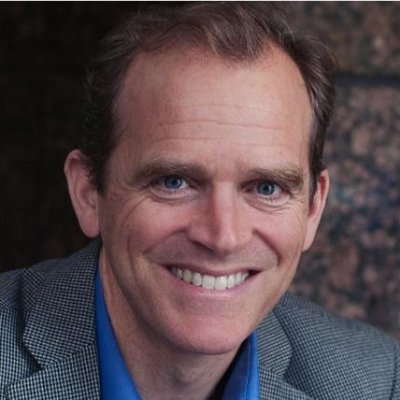Hospital CEOs Behaving Badly And The Devastating Consequences On The Middle Class
When big health insurers propose mergers, it makes for good antitrust enforcement theater to try to block them. However, if government officials want to address anti-competitive activities that have a dramatically bigger impact, they should shift their focus to local market provider M&A activity that consistently show prices increase after the deal is done. However, the most rapacious, anti-competitive practices I’ve seen in my entire career have come from hospitals–frequently from tax-exempt “nonprofits” that would make John D. Rockefeller blush with their brutal actions. The combined impact has created a middle class economic depression that has driven populist presidential campaign success, which was highlighted in a recently released Brookings study.
 Dave ChaseMany CEOs of tax-exempt hospitals are acting with impunity. Frankly, it reminds me of clergy abuses where they think they are above the law. Doctors have described Mafioso-like threats that are stomach-turning. Before I share representative examples of what I hear on a nearly daily basis, I should make one thing clear: There are nonprofit hospitals and health systems that are doing their best to fulfill the missions started by the faith-based and community leaders who originally founded their organizations. For example, Ascension is investing in new care delivery models and payment innovations. Unfortunately, it’s not one or two outliers that are acting with impunity. These are organizations that are causing their founders to roll over in their graves.
Dave ChaseMany CEOs of tax-exempt hospitals are acting with impunity. Frankly, it reminds me of clergy abuses where they think they are above the law. Doctors have described Mafioso-like threats that are stomach-turning. Before I share representative examples of what I hear on a nearly daily basis, I should make one thing clear: There are nonprofit hospitals and health systems that are doing their best to fulfill the missions started by the faith-based and community leaders who originally founded their organizations. For example, Ascension is investing in new care delivery models and payment innovations. Unfortunately, it’s not one or two outliers that are acting with impunity. These are organizations that are causing their founders to roll over in their graves.
Health insurers and pharma are often held out as the villains of healthcare’s hyperinflation. I’m not going to say they are blameless; however, the majority of healthcare spending is spent at hospitals and health system-owned practices. Sarah Kliff (previously with the Washington Post and now with Vox) has done excellent reporting on the cost differentials with other countries–most of her examples are disparities at the hospital level. The single biggest driver of healthcare’s hyperinflation is pricing failure. That is, there is no correlation between price and value in the U.S. healthcare system. If there is any correlation, it’s inversely correlated (e.g., best surgeons do the most procedures and that leads to efficiency and reduced complications). The graphic put together below by Oliver Wyman shows several examples...
- Tags:
- Accountable Care Organization (ACO)
- anti-competitive
- anti-competitive activities
- antitrust
- Ascension
- benefits brokers
- big health insurers
- Bill Gates
- blackmailing the doctors
- Blaming insurance companies
- Boston Archdiocese
- Brookings
- California
- capture patients
- Cascadia Capital
- Chief Executive Officer (CEO)
- Commonwealth Magazine
- Dave Chase
- David Contorno
- David Goldhill
- Employment Retirement Income Security Act of 1974 (ERISA)
- fee schedule discounts
- fewer services and worse health benefits
- free-market advocates
- frivolous complaints
- government
- government officials
- Health 3.0
- Health 3.0 movement
- health plans
- health systems
- healthcare inflation
- healthcare’s hyperinflation
- HealthFundr
- High Deductible Health Plans
- hospital
- hospital CEOs
- hospital discounts
- hospital-related
- hospitals
- Hospitals threatening and literally blackmailing doctors
- hyperinflation
- insurance companies
- integrated network
- Jonathan Bush
- Massachusetts
- medical group
- Medicare
- mergers
- mergers and acquisitions (M&A)
- middle class
- monopolist pricing power
- monopoly-like power
- narrow network
- no correlation between price and value
- non-compete
- nonprofit
- nonprofits
- Oliver Wyman
- Partners HealthCare
- Peterson Foundation
- price disparities
- price increase
- price increases
- prices increase
- pricing failure
- profit motive
- profit motive to keep prices going up
- public good
- publicly reporting their quality scores
- Sarah Kliff
- Self Insurance trends
- Silicon Valley
- software systems
- tax-exempt
- The Future Health Ecosystem Today
- transforming healthcare
- ZDoggMD
- Login to post comments